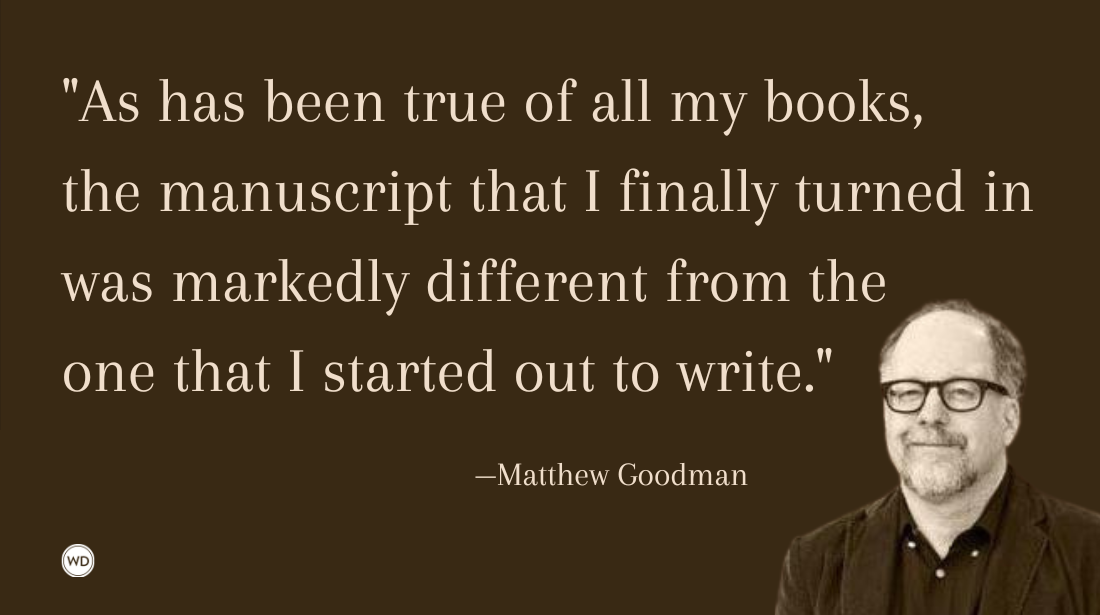Remove That From Your Writing (Grammar Rules)
There are many common ways to write with more concision. For instance, if you remove that from your writing, you’ll still retain the same meaning with fewer characters. Learn more, including examples, here.
I'm better about it now, but one problem I've struggled with for years is using the word "that" a little too much. Or maybe a lot too much. As such, that is a word that I'm constantly removing from sentences. (I mean, "As such, that is a word I'm constantly removing from sentences.")
Often, the word "that" is a placeholder for nothing in particular. For me, it's almost like a railing that I constantly use in my language. But more times than not, I find that if I remove all instances of that from my writing, it still makes sense (and saves space). For instance, remove the first instance of "that" in the previous sentence. Still makes sense, right?
Examples of Removing That From Your Writing
Example #1: You know that some people are afraid of clowns.
Better example: You know some people are afraid of clowns.
Example #2: Let her know that you love her and that she means the world to you.
Better example: Let her know you love her and she means the world to you.
We could run through so many more examples, but that would get repetitive after a while. And yes, there are times when using "that" makes sense. Just like using the word "it." After all, the movie and song, That Thing You Do, wouldn't have the same ring if it were titled: Thing You Do.
The main point of this post is to help others who suffer from the "that" affliction (as I do) by calling it out for what it is. So the next time you write something, search for the word "that" and remove it unless it's absolutely necessary for the sentence to make sense. It's small adjustments like these that can make all the difference.
*****
No matter what type of writing you do, mastering the fundamentals of grammar and mechanics is an important first step to having a successful writing career.
Robert Lee Brewer is Senior Editor of Writer's Digest, which includes managing the content on WritersDigest.com and programming virtual conferences. He's the author of 40 Plot Twist Prompts for Writers: Writing Ideas for Bending Stories in New Directions, The Complete Guide of Poetic Forms: 100+ Poetic Form Definitions and Examples for Poets, Poem-a-Day: 365 Poetry Writing Prompts for a Year of Poeming, and more. Also, he's the editor of Writer's Market, Poet's Market, and Guide to Literary Agents. Follow him on Twitter @robertleebrewer.








